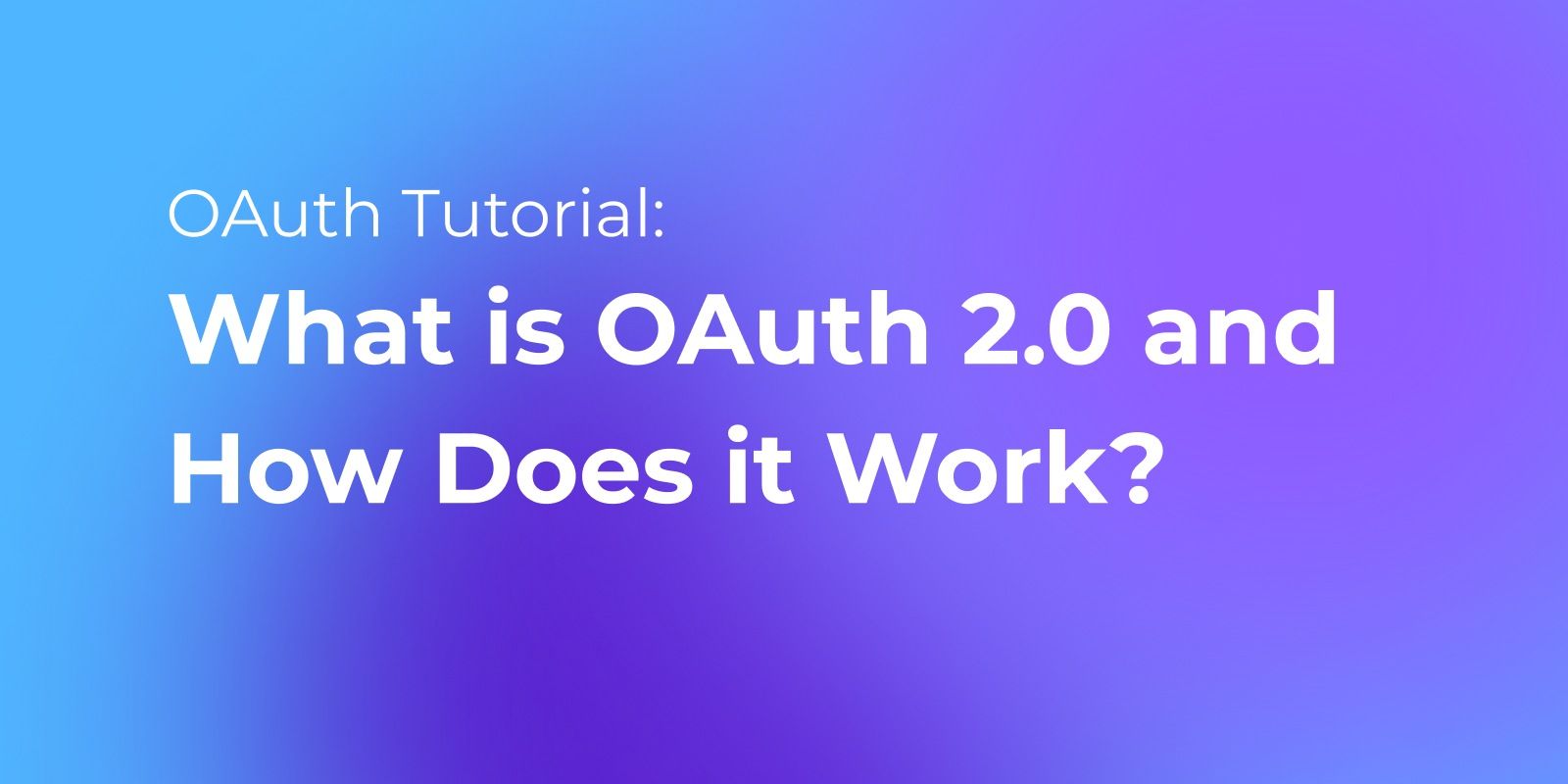In the ever-evolving digital landscape, the significance of secure and efficient user authentication methods cannot be overstated. As we navigate through countless online services, two prominent protocols emerge as guardians of our digital identities: OAuth and OpenID. Both play pivotal roles in protecting user data and ensuring seamless online experiences, but they serve distinct purposes and operate under different mechanisms. Let's delve into the intricacies of OAuth and OpenID, shedding light on their functions, workflows, and key differences.
Initiate your journey toward enhanced OAuth authentication With Apidog by Clicking the Download Button Below 👇👇👇

What is OAuth?
OAuth, short for Open Authorization, is a widely adopted authorization framework that enables applications to obtain limited access to user accounts on an HTTP service. It acts as a bridge for permission without revealing the user's credentials (like passwords) to the third-party service. Imagine you want to use a new app that requires access to your social media account for posting updates. Instead of handing over your social media login details to the app, OAuth allows the app to interact with your social media account on your behalf without ever knowing your login details.

How does OAuth Work?
The OAuth process can be succinctly summarized through the following steps:
Requesting Permission: The application requests access to a user's account, specifying the type of resources it wants to access.
User Authorization: The user agrees to grant the application the requested access.
Obtaining an Access Token: The service then provides the application with an access token (a string representing the authorization granted by the user).
Accessing Resources: The application uses the access token to access the authorized resources hosted by the service.
Service Grants Access: The service verifies the access token and, if valid, grants the application access to the resources.
What is OpenID?
OpenID, in contrast, is a protocol for authentication, designed to allow users to log into multiple websites using a single digital identity, thereby eliminating the need for multiple usernames and passwords. It provides a user-centric method for identity verification, where one online account can be used to authenticate oneself across various platforms. Think of OpenID as your digital passport that grants you access to multiple services on the web using just one identity.

How does OpenID Work?
The operational flow of OpenID is as follows:
User Chooses OpenID for Login: The user selects OpenID as the method to log into a service.
Discovery of User’s OpenID Provider: The service discovers the user's OpenID provider based on the OpenID identifier provided by the user.
Authentication Request: The service redirects the user to their OpenID provider to log in.
User Login: The user authenticates themselves with their OpenID provider.
Assertion of Identity: The OpenID provider sends an assertion back to the service, confirming the user's identity.
Access Granted: The service grants access to the user based on the assertion from the OpenID provider.
Comparison Table: OAuth vs OpenID
To better understand the distinctions and similarities between OAuth and OpenID, let's examine them side by side in a comparison table:
| Feature | OAuth | OpenID |
|---|---|---|
| Primary Use | Delegation of access to resources without sharing user credentials. | Authentication of users, proving that they are who they say they are. |
| Key Focus | Authorization (access control). | Authentication (identity verification). |
| Workflow |
- User authorizes application. - Application obtains access token. - Application accesses resources with the token. |
- A User selects OpenID for login. - Discovery of OpenID provider. - User authenticates with OpenID provider. - Provider confirms identity to the service. |
| Initiated By | Application requesting access. | A User choosing to authenticate via OpenID. |
| End Result | Application gains limited access to user’s resources. | A User’s identity is verified across multiple platforms. |
Apidog: A Viable OAuth Authentication Solution?
Apidog has been gaining traction as a solution designed to streamline the OAuth authentication process. Here's why it might just be the tool you're looking for:

User-friendly Interface: Apidog offers a straightforward setup process, making it accessible for developers of all skill levels.
Security: Prioritizes the safety of user data with robust security measures, ensuring that authentication tokens are handled securely.
Flexibility: Compatible with a wide range of APIs and services, Apidog provides versatility in its application.
Efficiency: Reduces the complexity and time required to implement OAuth, allowing developers to focus on other aspects of their projects.
Conclusion:
In our journey through the realms of OAuth and OpenID, we've uncovered their core principles, operational mechanisms, and the distinct roles they play in the cybersecurity ecosystem. OAuth and OpenID are foundational to modern web security, each addressing different but equally vital aspects of user data protection and identity verification. Understanding these protocols not only enhances our appreciation of web security but also empowers us to navigate the digital world with greater confidence and convenience. As we continue to embrace a more interconnected digital experience, the significance of OAuth and OpenID in safeguarding our digital identities and facilitating seamless online interactions cannot be overstated.




